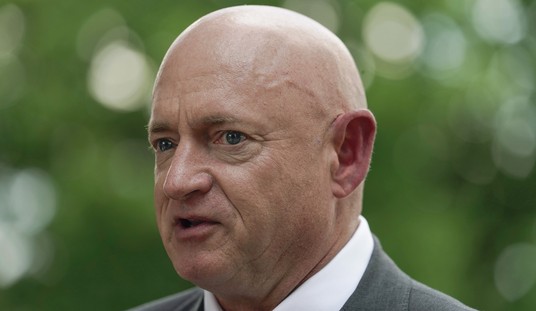This past Saturday another Tesla Model S hit a stopped fire truck in the heart of Silicon Valley in San Jose, California. It was the third such incident in the past year. A Tesla driver in Los Angeles hit a stopped firetruck in January and another car in Utah hit a moving fire truck earlier this year.
While working a freeway accident this morning, Engine 42 was struck by a #Tesla traveling at 65 mph. The driver reports the vehicle was on autopilot. Amazingly there were no injuries! Please stay alert while driving! #abc7eyewitness #ktla #CulverCity #distracteddriving pic.twitter.com/RgEmd43tNe
— Culver City Firefighters (@CC_Firefighters) January 22, 2018
The Tesla drivers all thought they had engaged the Tesla’s Autopilot, which is supposed to slow down and stop the car when encountering obstacles, particularly those that are stopped.
The accidents show one of the limitations of semi-autonomous systems that are designed to adjust speed and keep the vehicle within its lanes without user intervention. (Semi-autonomous cars are self-driving with a driver at the wheel, while autonomous cars can drive all by themselves.)
What’s puzzling is why one of the world’s most advanced automobiles has difficulty recognizing a huge fire truck, fails to slow down, and plows into its back. Despite what you hear about these cars being “imminent” and “just around the corner,” their driving systems are still full of flaws. Even the car’s manual has a warning: “The car may not be able to detect some objects and may not brake for some objects, particularly when traveling more than 50 mph.”
One of the car’s problem areas is its inability to adjust quickly when a car in front of it suddenly pulls out of the lane and it then sees a stopped car in front of it. In some ways it makes sense — otherwise, the car could stop when it sees an obstacle in the road or even a low-hanging overhead road sign. Is it worse to suddenly stop when you don’t need to or not brake when you do need to?
Part of the problem is that the drivers are lulled into thinking their cars can drive themselves and so they fail to pay attention and get into an accident. Some in the industry have predicted we’d have these autonomous cars that don’t even need a driver by this point in time. They are wrong and you can see how far behind we are when a car misses something as big as a fire truck!









Join the conversation as a VIP Member